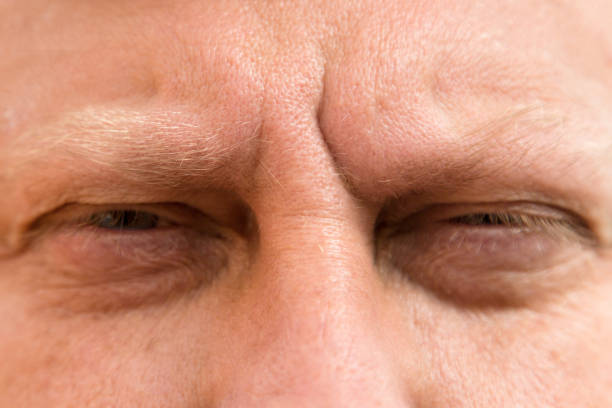Have you been looking for the best droopy eyelid treatment around?
 Drooping eyelids have a lot of potential causes and can affect people in different ways. Whether it is genetic, environmental or lifestyle factors, this article will delve deep into understanding droopy eyelids and give insight into what treatments are available to counteract the effects. We’ll also provide helpful tips on how to prevent eyelid sag in the future.
Drooping eyelids have a lot of potential causes and can affect people in different ways. Whether it is genetic, environmental or lifestyle factors, this article will delve deep into understanding droopy eyelids and give insight into what treatments are available to counteract the effects. We’ll also provide helpful tips on how to prevent eyelid sag in the future.
Understand what signs indicate that your eyes need help with a droopy lid condition. Learn about new techniques such as surgery or eye exercises that aim at improving the appearance of tired-looking eyes, so you can look refreshed and energised all day long!
Read on and discover more.
Causes of droopy eyelids
As we age, our bodies undergo several changes, including our skin and muscles around our eyes getting weaker.
This weakening can sometimes result in a drooping eyelid or ptosis. However, age isn’t the only cause of this condition. Babies can be born with it, and adult-onset ptosis can occur due to damage to the nerves that control your eyelid muscles.
In some cases, it could also follow an injury or disease that weakens the muscles and ligaments that raise your eyelids.
Even surgical procedures like LASIK or cataract surgery can result in stretched eyelids, which can lead to ptosis. Eye tumours are also known to cause this condition.
Whatever the cause may be, read more to see what the symptoms are.
Symptoms of droopy eyelids
Droopy eyelids can lead to a range of mild to severe symptoms.
While the main sign of droopy eyelids is the gradual sagging of one or both eyelids, it is not painful.
However, it can be a nuisance, blocking your sight and making everyday tasks like reading, driving, or watching TV a chore.
With time, the effort required to lift your lids or arch your eyebrows to compensate might even cause strain in your head and neck.
It’s important to note that children with droopy eyelids are not immune to the condition’s effects, as it could lead to amblyopia, commonly known as a “lazy eye.”
Treating this condition early on in childhood can help avoid long-term vision loss. So, if your child is experiencing these symptoms, it’s best to seek medical attention immediately.
Treatments for droopy eyelids
Luckily, there are a variety of treatments available to combat droopy eyelids.
For those looking for a non-surgical option, there are cosmetic products such as eyelid tapes and gels that can help lift and tighten the skin around the eyes.
Additionally, there are non-invasive procedures, such as radiofrequency treatments and ultrasound therapy, that help stimulate collagen production and tighten the skin.
For more severe cases of droopy eyelids, surgery may be necessary. Blepharoplasty, or eyelid lift surgery, can repair sagging or drooping upper eyelids and even improve one’s vision.
It’s important to note that while these treatments can be effective, proper usage and understanding of each option is key to achieving the desired results.
So if you’re looking to brighten and lift your eyes, it’s important to do your research and consult with a trusted medical professional to determine which treatment option is right for you.
Conclusion
Briefly, droopy eyelids don’t have to define your beauty story. Armed with knowledge and a diverse range of treatment options, you can take charge and rejuvenate your eyes, turning back the clock on sagging lids. Consult with trusted professionals, discover the ideal solution, and unveil a more vibrant, confident you, ready to face the world with eyes wide open.
